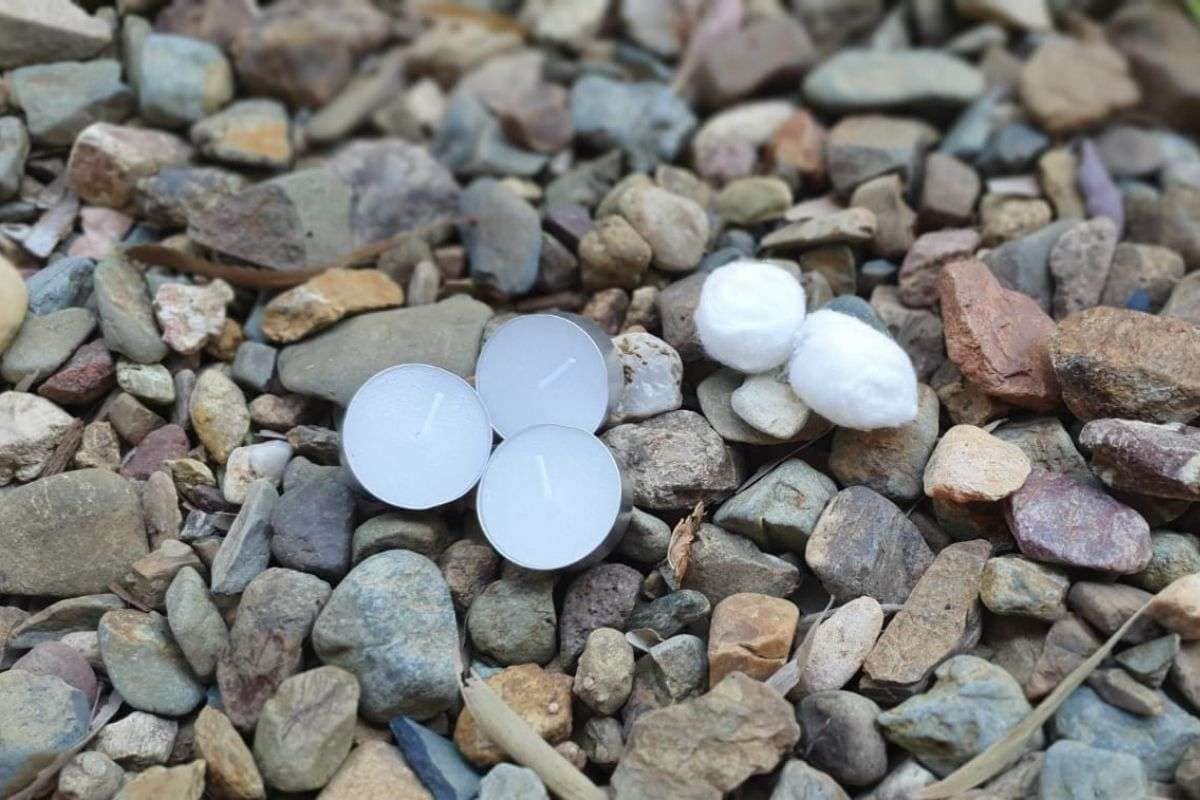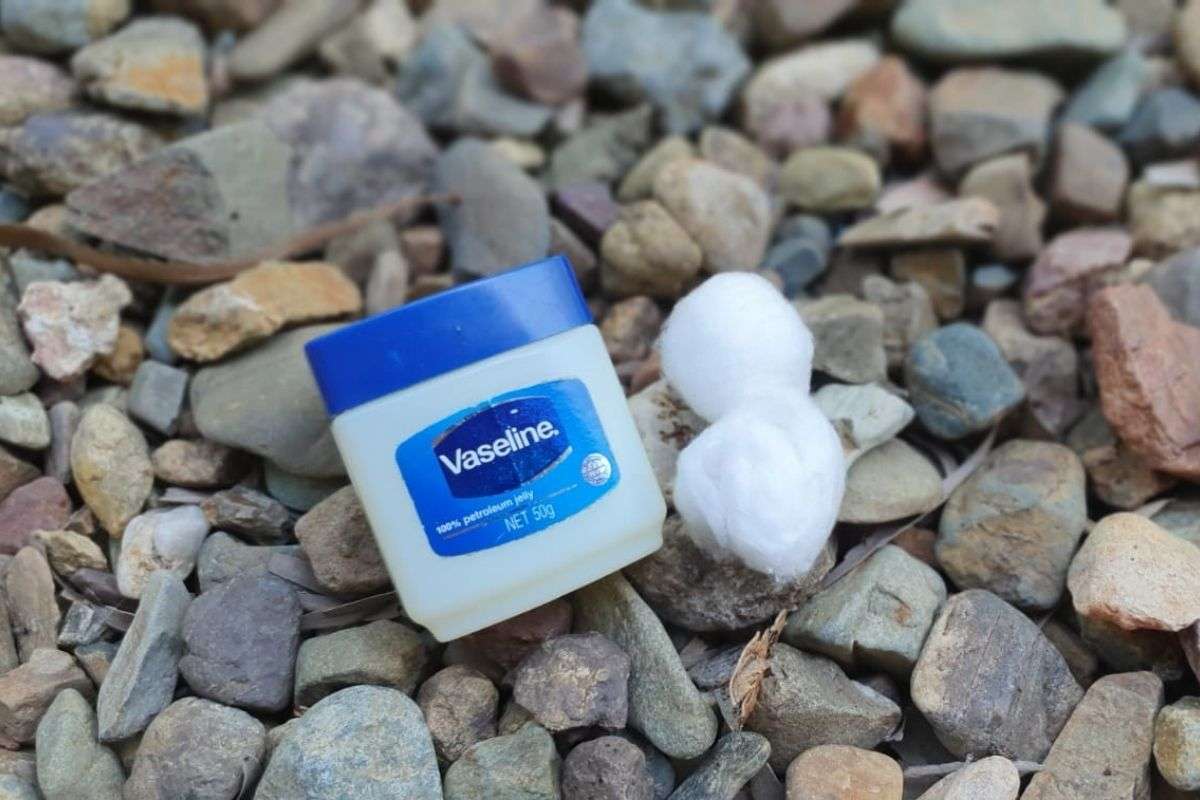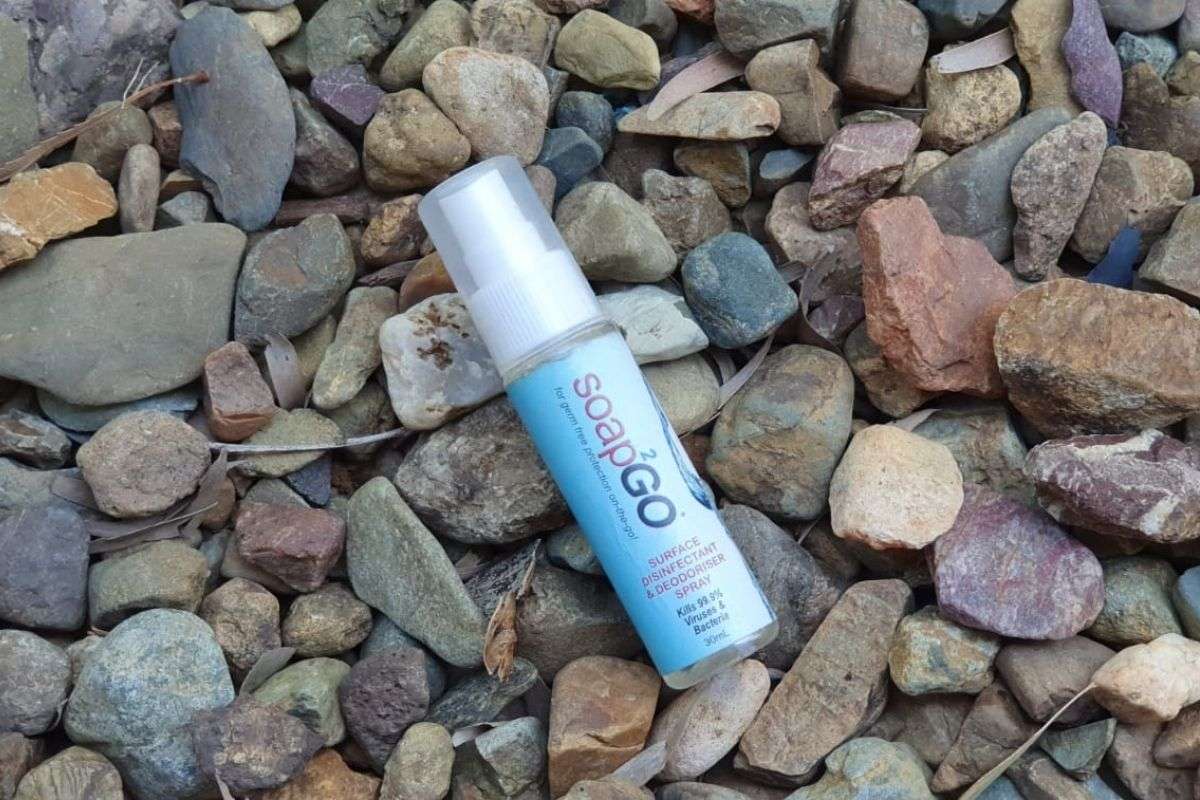Making a Homemade Fire Starter

Whoever says making a fire is a man’s job clearly hasn’t seen our badass Explorer Chicks in action. That’s right — whether you’re a pyromaniac with tons of fire-starting experience or you’ve never started a fire in your life, we know you can get that campfire going.
Sometimes the easiest and quickest way to do that is with a clever firestarter to get that flame going. These don’t have to be complicated — in fact, you can make them from home without too much challenge!
And to prove it, we had first-time firestarter outdoorswoman Maggie Gigandet try them out on her own and report how it went. Follow along to see how it went and how you can do it too.
Making Firestarters with Maggie Gigandet
I’ve resolved to successfully build a fire. So I’ve been researching and have learned that the process is really about transferring a flame between materials so it can grow. While you’ll find different ways to combine them, the basic elements of a fire are:
- Tinder or fire starters – small bits of dry material or a flammable chemical that burns first. It holds the flame until the kindling catches fire.
- Kindling – small wood sticks or small twigs. As kindling burns, the fire will grow.
- Fuel – usually bigger wood logs. This ensures the fire will last.
To kickstart my quest for a roaring fire, I tested five homemade fire starters and discovered what was easiest.
The Difference Between Tinder and a Fire Starter

For a while, I was perplexed trying to distinguish between tinder and a fire starter. Some resources use these terms interchangeably while others describe natural materials as “tinder” and man-made materials as “fire starters.” Regardless of the name, the purpose is the same: holding the flame so kindling can catch fire.
Whether you use natural tinder like pine cones, pine needles, wood shavings, wood chips, or even dried orange peel or you buy or make DIY fire starters, their efficacy is the real issue – the longer they burn the better your chance at growing your fire.
Explorer Chick Expert Tip
Natural tinder like pine cones or pine needles are great, but if you’re collecting this from your surroundings, double-check with the land management to make sure it’s okay to do so. Many areas including most National Parks and BLM land (and Leave No Trace principles) have laws or regulations around collecting firewood or tinder from your surroundings.
I’ve found so many creative homemade fire starter ideas: wine corks that have been fully submerged in rubbing alcohol, filling cardboard egg cartons with dryer lint and melted wax, putting shredded paper in cupcake liners and topping with melted wax, and even using strips of duct tape.
I wanted to test some myself so I experimented with the following five DIY fire starters consisting of items you probably have at home.

1 Candle Wax and Cotton Balls
For this fire starter, some people melt candle wax in a tin can in a pot of water like a double boiler and then dip their cotton in the wax.
I simplified the process like this:
- Lit a jar candle
- Waited for the flame to create a pool of liquid wax around the wick
- Blew out the flame
- Dipped cotton balls in the wax
Make sure you don’t accidentally ignite the cotton balls or your fingers on the wick.
This DIY fire starter was easy to light. The flame was tall and had the longest burn time of the five I tried. One ball dipped in wax burned for almost seven minutes. Pack them in a Ziploc bag to prevent the wax from smearing on other items.
Pros:
- Longest burn time
- Lightweight; won’t take up much room
- Cheap; may already have ingredients at home
Cons:
- Must make them ahead of time as you probably won’t have wax with you on your camping trip

2 Vaseline and Cotton Balls
Before this, I didn’t realize that petroleum jelly was flammable. I wiped a cotton ball inside a jar of Vaseline and was surprised when it immediately caught fire from my lighter and burned for two and a half minutes.
As a control, I lit a cotton ball without Vaseline, and I could barely see the flame. Like the cotton balls in wax, if you make them ahead store them in a plastic bag to prevent a mess.
Pros:
- Cheap; probably already have ingredients at home
- Can make them right when you need them if you bring Vaseline and cotton balls with you
- Won’t take up space or add weight if make them ahead
- Substantial flame and good burn time
Cons:
- Will take up space and add weight to your pack if you bring the jar

3 Toilet Paper Rolls with Dryer Lint
I had high hopes for this test as I like the idea of using materials I would otherwise discard or recycle.
After inserting dryer lint in an empty toilet paper roll, I tried twice to get a fire started, but the flame died. I turned the tube upright and tried again with the same result. Maybe next time I’ll add wax or petroleum jelly to see if that helps.
Pros (if this had worked):
- Free
- Lightweight; wouldn’t take up much space
Cons:
- Didn’t work – maybe I stuffed too much lint inside?
For now, I’ll continue recycling my toilet paper rolls. If you try this, heed the warning of Explorer Chick guides, and don’t use lint that contains pet fur as this will smell.
Explorer Chick Guide Tips:
With dryer lint, the idea is basically that it’s like a cotton ball. However, with most clothing being synthetic these days, your dryer lint might end up being plastic which is not as good of a fire starter and not great to burn. Also, it needs to be as loose and fluffy as possible, tightly compacted lint won’t have enough oxygen flow to get a flame going. It should also be free of other additives, like fabric softener. — Guide Kelsey Doolittle
Poly also smells bad and releases more chemicals into the air (not good for mama earth!). – Guide Lauren Betty

4 Fritos (or Any Greasy Chips)
I was surprised at how well my pile of 20 Frito chips burned; the flames lasted for four minutes.
Once the flames were out, I did notice brown grease leaking from the charred chips. Next time I will have to try another type as I’ve read that any greasy chips will work.
Pros:
- Serves a double purpose – as a snack and a fire starter
- Gives you a great excuse to add Fritos to your camping kit!
- Substantial flame and good burn time
Cons:
- A bag will take up space in your pack

5 Hand Sanitizer
I read that hand sanitizer containing alcohol can help you build a good fire even when your wood is damp so I was rooting for this to work. As it’s been raining at my home for days, I had plenty of damp wood around. But it didn’t work. I squeezed sanitizer on rotting wood shreds and then on a small stick, and they just wouldn’t catch.
Wondering what would happen if I put the sanitizer on something dry, I squirted it on a little pile of dry leaves which burned for less than one minute. I had a few cotton pads so I squeezed sanitizer on one; it sizzled and bubbled as it burned. Even though I wasn’t standing close to the pad, I could still smell the strong chemical scent of burning sanitizer until the flame died after four minutes.
The flame from the pad and dry leaves was unique because it was almost invisible; in fact, it was so hard to see that a few times I thought it had gone out when it hadn’t. This could be dangerous if you aren’t paying attention.
Pros:
- Great chance you will already have hand sanitizer with you
Cons:
- Hard to tell if the flame would be enough to light kindling
- Chemical smell
Explorer Chick Guide tip:
The hand sanitizer should be super flammable – but it has to be lit right away otherwise the alcohol evaporates. You still have to use it with a dry and flammable kindling, as the flame doesn’t last as long as other fire starters. — Guide Kelsey Doolittle
This does make a great point to check the ingredients of your hand sanitizer because it needs to be ethyl alcohol based. If there are lots of other chemicals in the ingredients, probably best to avoid so you don’t risk adding more chemicals to the air. — Founder and guide Nicki Bruckmann

6 Honorable Mention: Moose Poop in the Winter
While I didn’t get to test this one and can’t vouch for its efficacy, I wanted to mention it as it’s unusual. If you want to try it and don’t live around moose, several online sites sell it. Some dip the waste in paraffin wax before shipping.
Explorer Chick Guide tip: In Alaska in the winter, you can use moose poop because their diet is almost entirely comprised of bark and other very dry items. It lights up like a charm. In the summer, moose consume aquatic plants to get necessary iodine which have too much moisture to be effective. — Guide Jeannie Panchal
Pros:
- Completely natural
- Free
Cons:
- Have to know what to look for
- Can’t be squeamish
- Can only use it in certain areas where moose live
- Can only use it in winter
- Not guaranteed you will be able to find some when you need it


